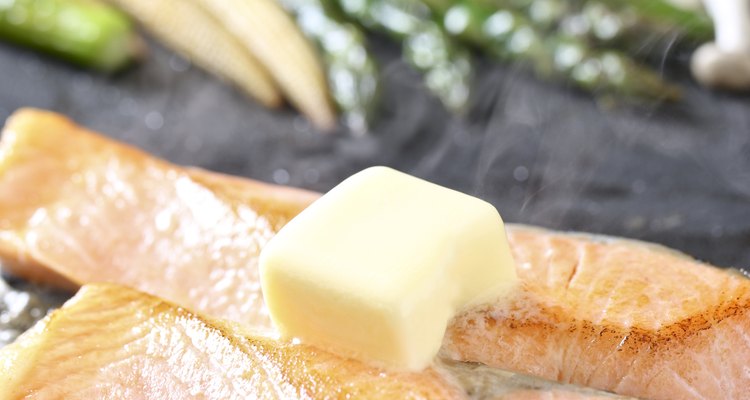
kazoka30/iStock/Getty Images
Cooks know what they should do if they can’t stand the heat in the kitchen. The same maxim might apply to salmon, but don’t expect this fish to flee upstream. Unlike some other delicate fish species that can literally crumble under a medium to high flame, salmon can take the heat. Fry it in a sauté pan with butter for a classic pairing. If you’re feeling adventurous, add some other seasonings and ingredients to provide a surprise element.
Make a buttery topping for your salmon by starting with one stick of softened butter in a small bowl. Use regular butter or, if you like it, almond or brown butter. Flavor the butter with your favorite seasonings or try something different. Lemon-pepper is a safe choice that usually appeals to a wide range of palettes. Try a more exotic buttery mixture by combining very finely chopped nuts, such as macadamias or pistachios, with some basil and minced garlic. Stir the ingredients thoroughly. If the mixture is too thick and can’t be spread easily on top of the salmon, add a bit more softened butter. If you have a taste for some finely diced vegetables with your salmon, add them, along with some minced garlic, to the salmon as you fry it in butter.
Size up the width of the salmon and measure it if you’re not confident about visual assessments. Fry the fish for a total of 10 minutes for every inch of thickness, and turn it over at the halfway mark. So if your salmon fillet is 1-inch thick, fry it for five minutes on each side.
Brush a sauté pan with a thin layer of butter and heat it over medium-high heat. Choose a pan that will allow the salmon to spread out as it cooks. Salmon that has to muscle out other pieces for space in a pan may not cook evenly.
Place the salmon in the sauté pan and brush it with the buttery mixture. Resist the urge to poke and prod the salmon. Let it fry before flipping it over with a spatula -- a tool that will give you better leverage than tongs or even a large spoon. Err on the side of flipping the salmon sooner rather than later, as overcooked salmon will taste dry. Apply the buttery mixture to the second side right after you flip the salmon.
Test the salmon with an instant-read thermometer. As you insert it, the salmon should be flaky and white in the middle. The temperature should reach 145 degrees, but people eat salmon at lower temperatures, depending on their preference.
Related Articles

How to Cook Jamaican Jerk Salmon
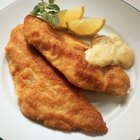
How to Fry Fish in Butter
5 Simple Baked Salmon Recipes

How to Make Black Butter

How to Cook Moonfish
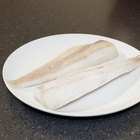
How to Cook Amberjack Fish

How to Cook Salmon on a Griddle

How to Cook Rockfish in the Oven

How to Bake Salmon With Worcestershire ...
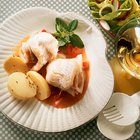
How to Cook Stuffed Sole Fillets

How to Cook Belt Fish
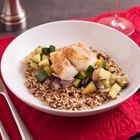
How to Bake Cod

How to Bake Breaded Mahi Mahi

How to Bake Lingcod
How to Cook Atlantic Salmon Fillets

How to Cook Ono Fish
Can I Use Liquid Smoke to Make Salmon ...
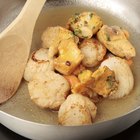
How to Cook Scallops in Butter
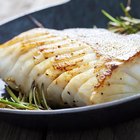
How Do I Pan Fry Fresh Fish With a ...

How to Cook Trout Fillets in Tin Foil
References
Writer Bio
Mary Wroblewski earned a master'sdegree with high honors in communications and has worked as areporter and editor in two Chicago newsrooms. She launched her ownsmall business, which specialized in assisting small business ownerswith “all things marketing” – from drafting a marketing planand writing website copy to crafting media plans and developing emailcampaigns. Mary writes extensively about small business issues, andespecially “all things marketing.”
Photo Credits
kazoka30/iStock/Getty Images